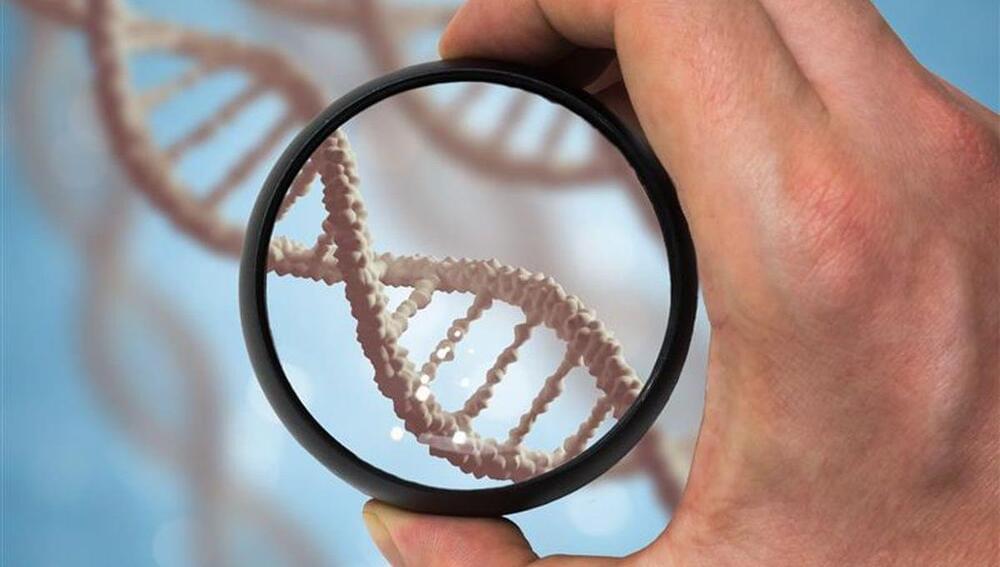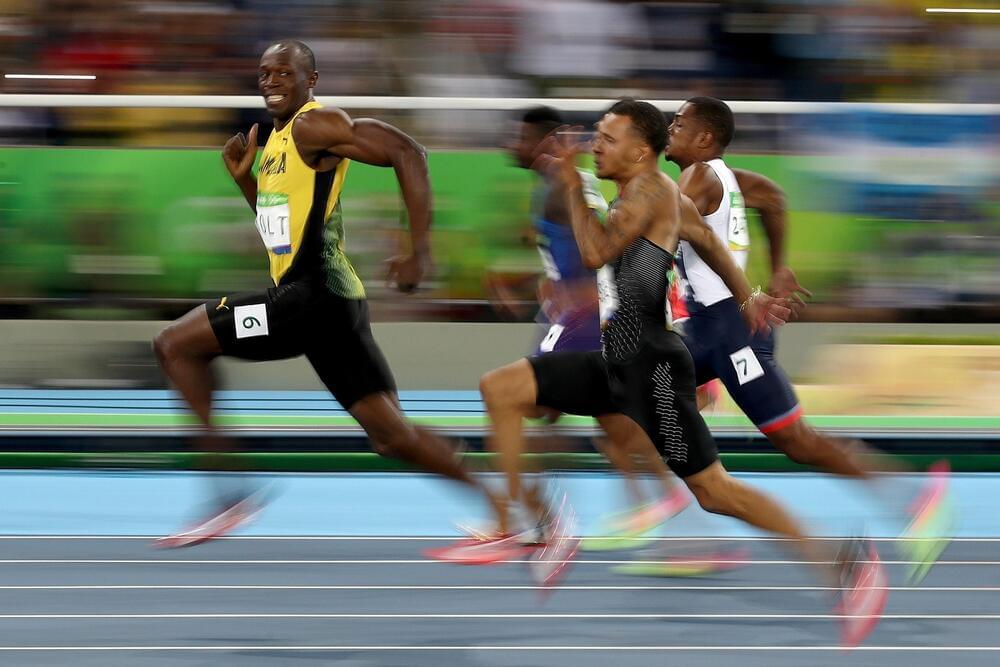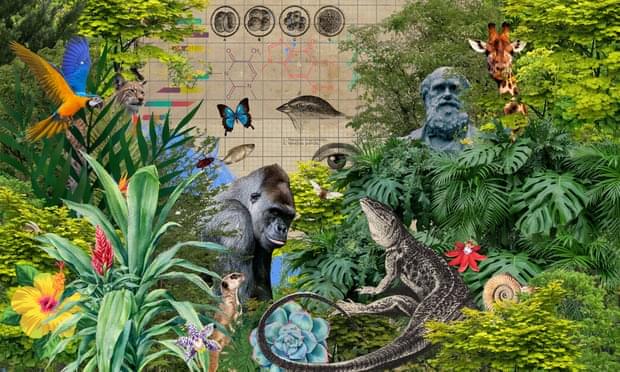A new paper published in Frontiers in Psychology: Performance Science led by Andy Parra-Martinez at the University of Arkansas “describes the general status, trends, and evolution of research on talent identification across multiple fields globally over the last 80 years,” by drawing from the Scopus and Web of Science databases and conducting a bibliometric analysis of 2,502 documents.
Bibliometric analysis is a way of understanding the structure and citation patterns of research around a given topic, in this case, talent identification research.
Talent identification research is concentrated in business, sports, and education
Talent identification (TI) research is “concentrated in the fields of management, business, and leadership (~37%), sports and sports science (~20%), and education, psychology, and STEM (~23%). Whereas research in management and sports science has occurred independently, research in psychology and education has created a bridge for the pollination of ideas across fields.”




